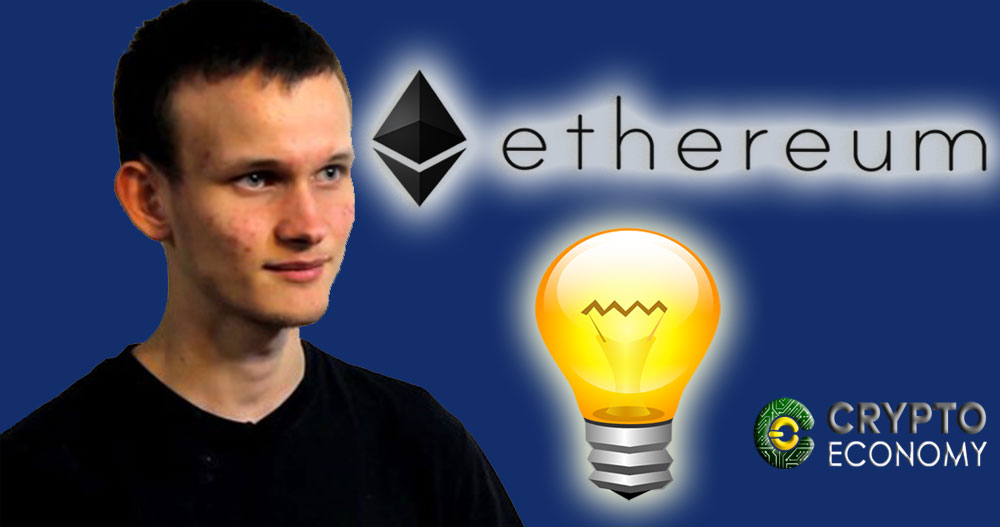Vitalik Buterin, the lead developer and co-creator of Ethereum [ETH], the second largest cryptocurrency by market cap has recently been interviewed on the upcoming developments of the Ethereum platform.
Ethereum and most other blockchain protocols are suffering from scalability issues. According to Buterin, blockchain solutions have to make a decision on three important properties that help define their identity and their solutions. Those properties are scalability, security, and decentralization. Buterin calls it the trilemma.
Developers of a blockchain solution have to decide amongst the three but they cannot implement all at the same time successfully. In Ethereum’s case, the platform is highly secure, decentralized to an acceptable level but it is extremely slow.
Buterin and other core Ethereum developers are looking into scaling solutions and the main forthcoming implementation is the migration of the Ethereum protocol over from the Proof of Work consensus mechanism to Proof of Stake. This feature is bundled in the proposed Serenity code upgrade that is scheduled to be implemented on the Ethereum MainNet come early 2019.
Speaking at the interview recently, Buterin focused his responses on the upcoming developments mostly on the Serenity code upgrade. Serenity, according to Buterin is more of a culmination of a lot of small improvements including sharding and Casper protocol upgrades. Serenity’s big idea is the use of side-chains in the execution of transactions and then recorded on the main chain for permanent and immutable record keeping.
Buterin is so bullish on the Serenity upgrade that he said that the update will make Ethereum protocol a thousand times more scalable. However, he did give his reservations on the timeline of achieving such efficiency. He did admit that it would take a while to get there.
According to Buterin, Serenity has support for two types of chains – the main chain (also called layer 1) and the side-chains (called layer 2). Essentially, the side-chains should work to decongest the main chain. Buterin said:
“Think of layer one as making a highway bigger and making more highways. Layer two solutions are like having 10 cars being fit inside a truck and having more highways to facilitate these truck. To achieve scalability, and it will be, layer 1 and layer 2 will act as different kinds of methods towards similar goals. It’s basically scaling in different ways.”
The Ethereum core developers have been building a client based on the Rust programming language that should be able to support the Serenity code upgrade when it finally launched next year.


![Vitalik Buterin [ETH], scalability, efficiency are the key differences of Ethereum 2.0](https://crypto-economy.com//wp-content/uploads/2019/07/vitalik-but-1.jpg)








